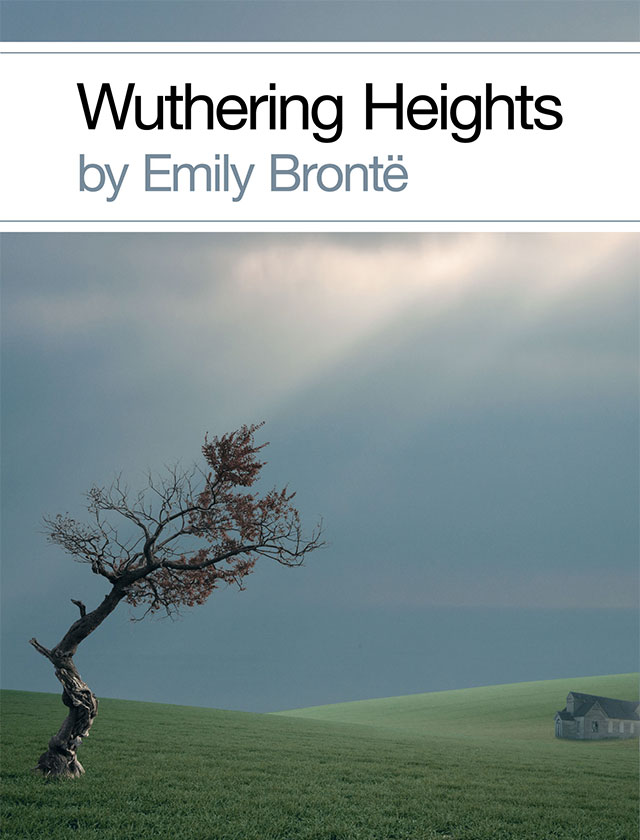Wuthering Heights
by Emily Bronte
Emily Bronte
Emily Bronte originally published Wuthering Heights in 1847 under the pseudonym Ellis Bell. Her sisters also wrote under the Bell pseudonym, as Acton and Currer, respectively. Female writers in the Victorian era were taken less seriously than male writers, and a serious woman with a serious book was inclined to let her reader think her a man. Mary Anne Evans, better known as George Eliot, did the same. The practice, in short, was not uncommon.
The Victorian era, however, was itself a singular time in the English-speaking world. It was an attempt to suppress the Romantic passions that had apparently run free following the Age of Enlightenment in the preceding century. Mary Shelley had produced the ultimate gothic work of fiction with Frankenstein, and thereafter (following the death of her husband Percy) she had attempted to cultivate a lifestyle more in keeping with the Victorian code.
Emily Bronte, on the other hand, did not appear to be comfortable in either era. She readily embraced the gothic genre that grew out of the Romantic Age, but in doing so, she also shocked the Victorian sensibilities that preferred to overlook the gloomier and darker sides of human passion. Emily did not care for the hypocritical Protestantism that had overrun England, but nor was she a Romantic in the proper sense, the way Shelley’s husband was.
Born in 1818 and deceased in 1848, Emily’s short thirty-year-long life was not too out of the ordinary. She was educated and, in turn, acted as an educator. The singular characteristic of her days was marked by the locale where she lived, eerily similar to the moors described in Wuthering Heights. There, Emily and her sisters spun tales to entertain themselves in the desolate land. Wuthering Heights may be read as the fruit of such labors toward entertainment. Yet the novel, like the character of Nelly, also attempts to enlighten.
